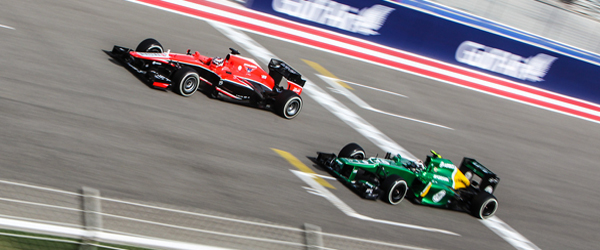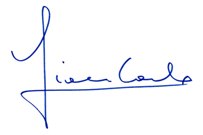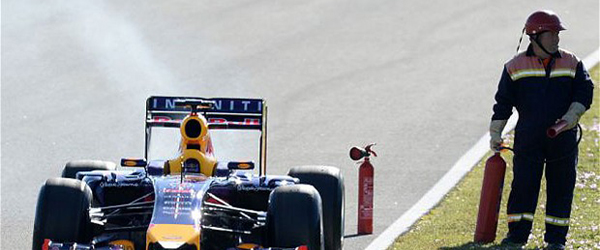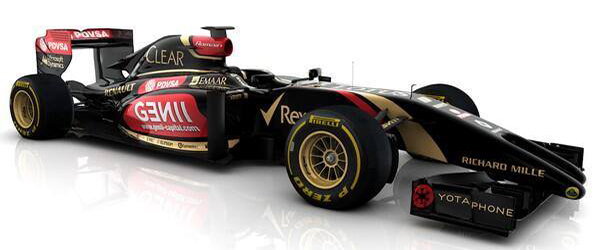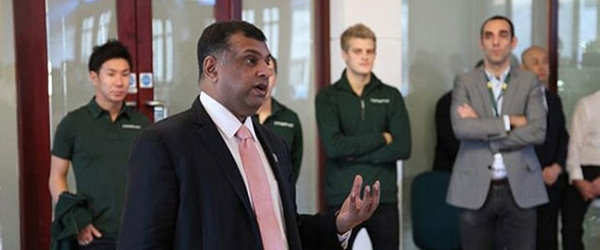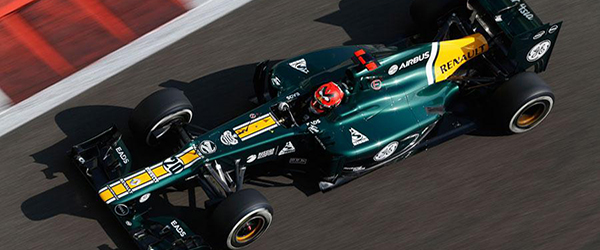Australian GP – PREVIEW
 The long wait is almost over; the show is about to begin….uncertainty is the key factor of the 2014 F1 season kick-off due to many changes involving fuel doping, new penalties, reliability and safety car.
The long wait is almost over; the show is about to begin….uncertainty is the key factor of the 2014 F1 season kick-off due to many changes involving fuel doping, new penalties, reliability and safety car.
Teams and drivers are set to converge in Melbourne for the first race of the 2014 F1 World Championship, which might be remembered as the Championship of radical change and, above all, uncertainty and curiosity. According to what they stated, Team Principals and Team owners have great concern for reliability and fuel consumption. Everyone is well behind the timetable. Ferrari and Shell will play the lubricants and fuel card to fight against the uncertainty about fuel consumption. Also the other engine manufacturers will play the same card. With its 58 total laps and 307 km, the Albert Park is a scaring venue. Last year fuel consumption was equal to 160 kg/hour, while this year the limit is set to 100 kg/hour…This is the reason why my motto for the moment is “Slow and steady wins the race”. Nobody is 100% certain to be able to cross the line. According to what Mr. Roberto Dalla, the manager of Magneti Marelli (who started his career in Faenza, at the Minardi Team headquarter) stated, many cars as much as no one may see the chequered flag next Sunday. I think this is a warning point.
There are still many unknown things which it was not possible to analyse throughout the three pre-season sessions. For example, the safety car may be the biggest wild card for what concerning temperatures and cars’ reliability, as well as tyre changing. The Federation announced the possible deployment of the safety car in order to facilitate race officials’ on-track work. Pirelli, who will bring the P ZERO WHITE MEDIUM and the P ZERO YELLOW SOFT to Melbourne, have a proclivity for a 2-3 pit-stop strategy, instead. The path covered to get into the pit, along with the time needed to change tyre, may cause engine’s temperature to rise dangerously.
As we’ve said over these weeks, F1 is experiencing a radical technical and sporting change. FIA introduced a new 5-sec penalty– besides the license point system – to be taken at the end of the race if a driver has carried out all the planned stops, or during a pit-stop. In the last case, the driver must enter the pit lane, stop at his pit for 5 seconds and then re-join the race. A car may not be worked on until it has been stationary for at least 5 seconds; only after a driver has incurred a 5-sec. penalty, mechanics are allowed to carry out tyre changing. I have great concern about these penalties, as judgement parameters may change from a person to another. So, different decisions may be taken throughout the season. Luckily the Federation has appointed Emanuele Pirro for the first event. He has a long-standing experience as a driver and I think he’s the most knowledgeable among race officials. He should hold that position permanently. He was coherent, constant and objective as a race official last year.
 Qualifying will change, as well. For the Sunday race, drivers will have to use the same rubber they used in Q2, while the drivers to be entitled to run the Q3 session will be given an extra set of tyre to be used only on that occasion. Furthermore Q3 will last 12 minutes instead of 10 minutes as it was last year. This will permit each driver to run two fast laps (maybe not in the first races), making the show more and more interesting.
Qualifying will change, as well. For the Sunday race, drivers will have to use the same rubber they used in Q2, while the drivers to be entitled to run the Q3 session will be given an extra set of tyre to be used only on that occasion. Furthermore Q3 will last 12 minutes instead of 10 minutes as it was last year. This will permit each driver to run two fast laps (maybe not in the first races), making the show more and more interesting.
Changes are so many and I hope Federation will manage to keep everything under control, even if I think that many meetings will be arranged to amend regulations.
All we can do now is to set the alarm for very early in the morning, as next week end is going to be very interesting.























